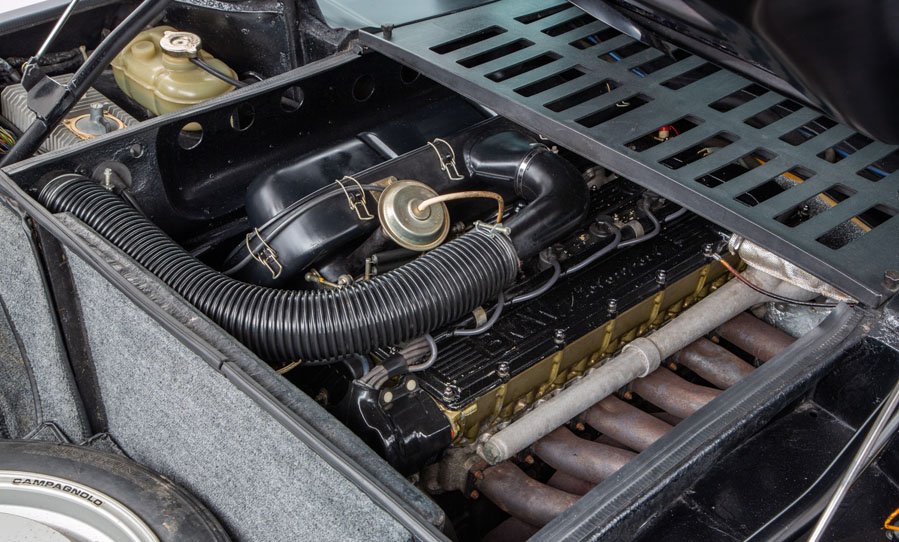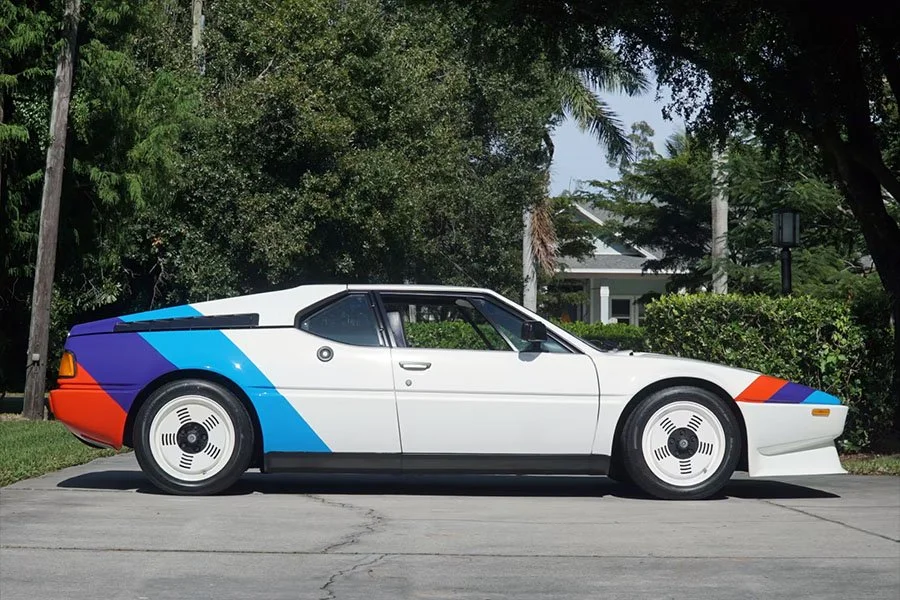One to Buy: the ex-Ron Dennis oldest surviving 1978 BMW E26 M1 Prototype
/ Ben Tyer
In addition to Lamborghini which played a major role in developing the M1 on BMW’s behalf, B&S Fabrications, Project Four Racing and Osella assisted with production of the Procar variant in anticipation of the inaugural 1979 championship.
Marlboro-backed Project Four was founded by Ron Dennis in 1976 following a stint working for Brabham as a mechanic. The team ran its own Procar in the 1979 series for Niki Lauda who won three of the eight races and emerged as that year’s champion with 78 points compared to 73 for two-time winner and runner-up, Hans-Joachim Stuck.

In late 1980, Project Four merged with McLaren which Dennis transformed into the most successful F1 constructor of the 1980s.
Around the time of the Project Four–McLaren merger, Dennis was at BMW Motorsport when he came across a pair of M1 prototypes languishing in a corner. Having expressed an interest in building one up into his personal road car, chassis XP2 was gifted to the McLaren boss.

As XP1 had been destroyed in a crash test in order to gain type approval, XP2 was actually the oldest M1 in existence. Upon delivery to England, XP2 was rebuilt by Project Four from the ground up. As part of the rebuild, the colour was changed from white to dark blue and a high end roof-mounted audio system was installed.
Ron Dennis used XP2 for around 3000 miles, after which it passed to his wife-to-be and later on his son. Currently being offered by The Octane Collection in Horsham, XP2 is today is offered in superb condition throughout having covered a little over 92,000km.






























































